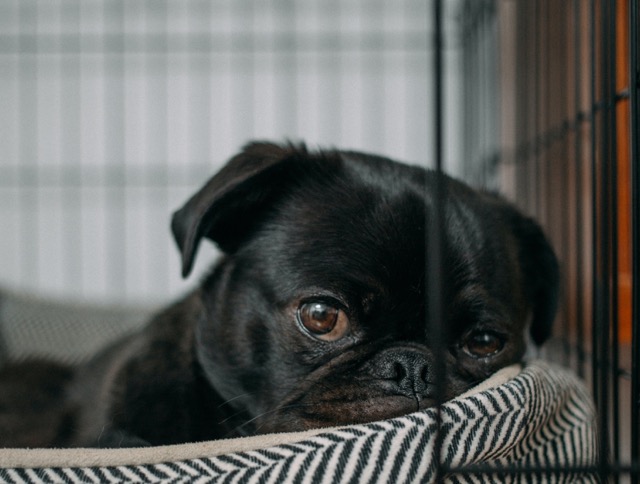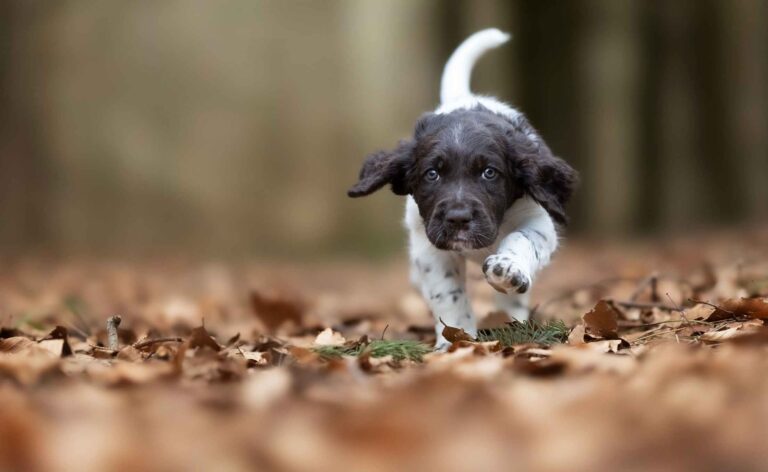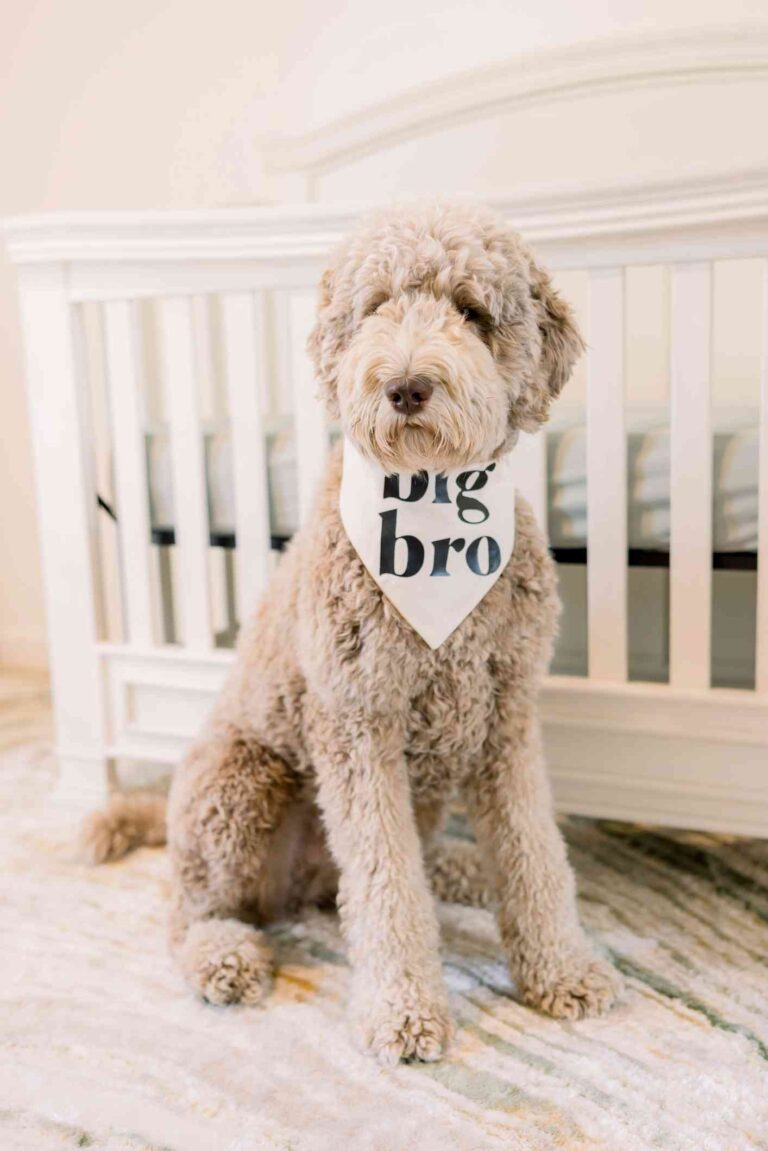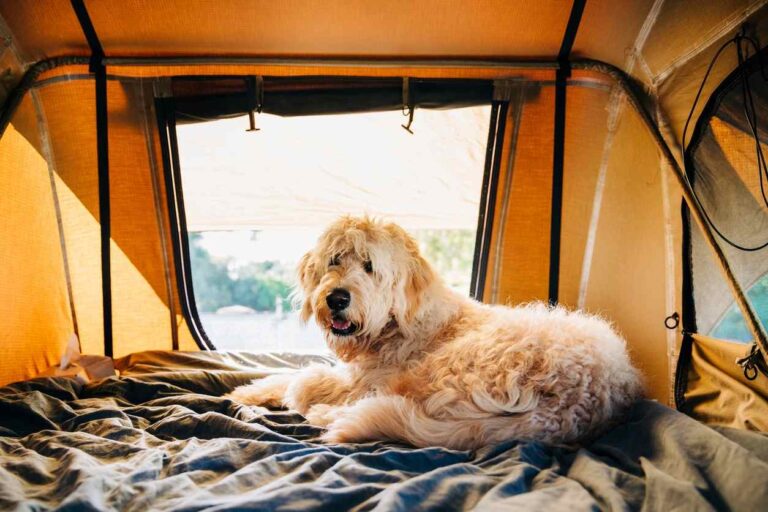Housebreaking a puppy can be time-consuming. Sometimes, it may even feel like a full-time job! Especially if your puppy is having accidents in the crate. We know that crate accidents can get messy and frustrating really fast! Today, we are going to review adjustments that will help lead you on the path to a clean crate and in the right direction for housebreaking your puppy. If you haven’t yet, we recommend reading our housebreaking blog first. The following adjustments should be used alongside our original recommendations.
What is crate soiling and why does it happen?

Crate soiling means that your puppy is urinating or defecating in their crate. There are multiple reasons that a puppy could be crate soiling.
Medical factors
If you have a puppy or dog that has never gone to the bathroom in the crate before, and suddenly they begin soiling the crate or having accidents in front of you, there may likely be an underlying medical condition such as a UTI, parasite, or GI upset. If this is the case, we recommend talking to your veterinarian first or within 24 hours if you’ve made housebreaking adjustments and are not seeing a change. If medications do not resolve the crate soiling within a few weeks, contact your veterinarian again for a recommendation.
Behavioral factors
Although more uncommon, it is possible for crate soiling and inappropriate elimination in the home to occur due to environmental history. If you rescued a puppy from a puppy mill for instance where they had a history of eliminating in small spaces or crates, crate soiling may be more prevalent and take consistent and long-term changes to eliminate.
Most commonly, crate soiling occurs because the puppy does not eliminate prior to entering the crate or they cannot hold it long enough while in the crate. Crate soiling in these cases can be resolved by keeping a consistent schedule that works for you and your puppy. We recommend keeping a journal of your puppy’s elimination schedule, as well as when they eat and drink.
How your puppy’s food and water schedule affects their bathroom habits
We recommend feeding your puppy once in the early morning and then as late in the day as possible. Keep in mind that anytime your puppy eats, it will likely stimulate their need to go to the bathroom. For this reason, be sure to offer your puppy a chance to eliminate before getting into the crate. Your puppy needs to defecate in the morning prior to going in the crate and in the evening before bed to avoid crate accidents. If you feed a third midday meal based on the veterinarian’s recommendation, note that your puppy may need to defecate an additional time during the day. We recommend feeding at least one meal scattered on the floor of the crate to discourage crate elimination.
For water, do not allow free access so that you can regulate their bathroom schedule. How much and how often your puppy drinks water will affect the frequency of elimination and their ability to hold it. If you need to leave for a few hours, do not allow your puppy to tank up on a bowl of water prior to leaving the home. You will want to cut off water 2 hours before you leave and before bedtime.
As long as you are following the food and water schedule, your puppy should be able to hold it for as many hours as they are old, plus 1 hour. For example, a 4-month-old labradoodle should be able to hold it overnight for 6-8 hours, and during the day for 5 hours. For smaller breeds, subtract one hour.
Limit time in the crate and offer more time outside
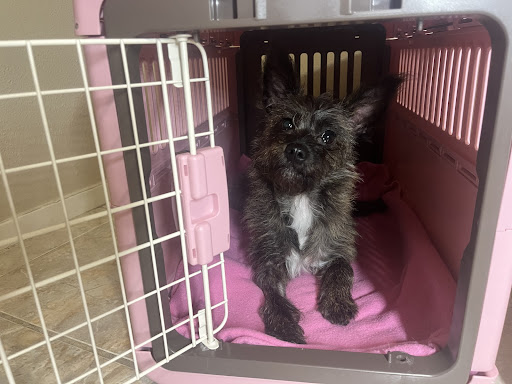
First, check that your crate has just enough room for your puppy to be comfortable. This means they should have enough space to turn around, stand up, and lie down comfortably. Any additional space may allow your puppy to eliminate in one corner, then come to an opposing corner and lay down.
It is important to determine how long your puppy is able to hold it in the kennel and give your puppy successful trials in the kennel where they don’t eliminate. Start with 2 hours at a time and work your way up, 30 minutes to 1 hour at a time. Offer your puppy an opportunity to go outside immediately after you take them out of the kennel. If you are gone for long periods of time, you may need to ask a friend or hire a dog walker to come by and let your puppy out of the kennel once or twice per day. Also offer your puppy plenty of opportunities to be outside, at least every 2 hours if you can. Reinforce with treats every time they eliminate outside.
Clean thoroughly
Lastly, be sure to inspect your puppy’s crate every time you let them out of it. If your puppy is urinating on their bed in the crate, you may need to temporarily remove any bedding or blankets until your puppy’s crate soiling is resolved. Residual smells can often encourage inappropriate elimination. We recommend cleaning your puppy’s crate with a strong pet-friendly cleaner, vinegar, or hydrogen peroxide to eliminate the odor, and then allow it to air dry. Baking soda also works as a great cleaning agent if you’re having trouble with long-lasting smells. Wait until the smell is gone before allowing your puppy back in. You may pick up a second plastic bottom so that you can rotate the crate floors out as needed.
If after implementing these tips, you are still struggling with crate soiling with your puppy, or you have other problem areas you would like to target, reach out to your local Houston behavior consultant.
